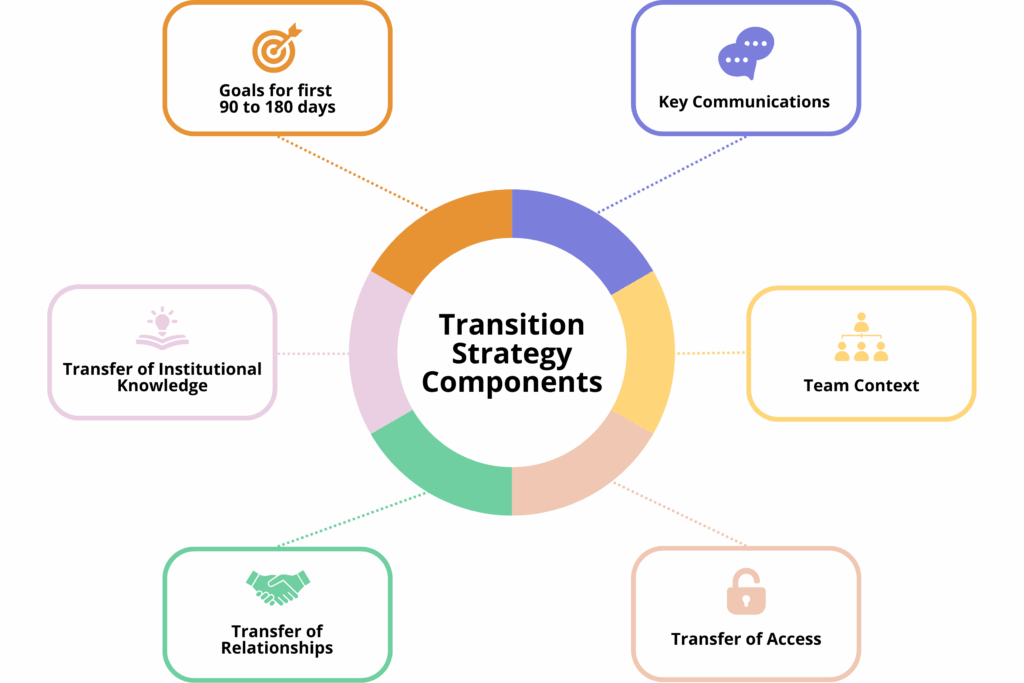
As the nonprofit sector faces intensifying challenges, successfully navigating leadership transitions is more pivotal than ever. At DRG Talent, we support organizations through these transitions—and now is the time to offer insights into the trends we are seeing and share strategies that work.
Key Trends in Nonprofit Leadership and Transitions
#1: Leadership Turnover + Lack of Succession Planning = Perfect Storm
From 2023 to 2024, there was a rise in CEO departures for nonprofits across the sector. At DRG, we are seeing a continued high demand for support on executive search. Leaders are leaving for a variety of reasons (we see retirement and burnout as significant reasons), and organizations continue to seek and hire new top talent.
What is unique right now: increased scrutiny and funding challenges—particularly for nonprofits advancing DEI—are intensifying stress on leaders.
Yet just 29% of nonprofits have a written succession plan according to BoardSource’s 2021 Leading with Intent report. Without formal, written plans for both planned and unplanned leaves and departures, many organizations are vulnerable during leadership transitions.
#2: Innovative Leadership in Transitions
Nonprofits are experimenting with creative approaches to leading through transitions, such as:
- Co-leadership structures emerging during the transition or as part of a succession strategy. This shows up especially in founder transitions where the founder seeks a co-CEO to lead with them, often for years before transitioning out of the organization or to an advisory role.
- More boards understand their role in successful transitions and onboarding of new CEOs. Boards have always understood that their top job is to hire and fire the CEO. But now, boards are taking strategic approaches to transitions, including transition planning and onboarding support for new leaders. This is a way for the board to intentionally re-set in advance of the new leader. Savvy boards understand that organizations are ecosystems where one shift or one change, especially at the leadership level, causes changes throughout the entire organization.
- Interim leadership can provide stability in a transition. When done well, interim leadership can achieve a specific goal during a time of inherent instability if your CEO/ED leaves without the next one lined up. It can also be a helpful approach for slowing down a decision process and giving the time needed for a search (often 6+ months for top roles).
#3: Burnout and Financial Instability Cause Significant Risk
Burnout continues to threaten organizational health. According to the Center for Effective Philanthropy’s 2024 survey, 95% of nonprofit leaders cited burnout as a concern, with half feeling more concerned about their own burnout than they did during the previous year. I can only assume this is more concerning for leaders as they face unique challenges in 2025.
Financial instability—driven by rising costs and revenue uncertainty—forces difficult trade-offs for leaders, according to The Urban Institute’s 2024 National Survey of Nonprofit Trends and Impacts.
#4: Generational Shifts and Evolving Leadership Expectations
Today’s workforce spans four generations, each with evolving expectations for leadership. Broadly speaking, Gen Z prioritizes flexibility, purpose, and inclusion. Baby Boomers are retiring, while Gen X and Millennials take the reins—often rethinking what leadership should look like. The old way of doing it no longer works because the world is changing rapidly around us.
Many of the leaders in the middle are figuring out the model of leadership that works for this moment, for their organization, for their (organizational and personal) values—and they are both running the organization and reimagining how to lead at the same time.
How can we address these challenges and move forward productively?
Best Practices for Nonprofit Leadership Transitions for Boards and CEOS
While the above trends are shaping our experience of the sector right now, many are not new to this moment. Here I will outline specific antidotes to the challenges that the sector faces, and how individual leaders and organizations can navigate through it.
Ongoing (before a transition is on the horizon)
1. Start succession planning early. Start planning before you need it and include plans for both emergency and planned departures. Do not wait for a crisis.
2. Proactively fight burnout.
- My top tip: rescope the CEO role every 6–12 months based on current needs and capacity. Nonprofit CEOs often shoulder a disproportionate amount of the extra workload in times of change. Leaders can be their own best retention strategy.
- Make outside assistance accessible. Find coaching and peer support beyond the organization in formal and informal ways. Peer networks and coaches are lifelines for CEOs whether you are first time, or you are a veteran.
3. Develop strategy, not static plans. You cannot predict the next 5–10 years, but you can build a resilient organization ready to tackle complex, evolving challenges.
Before and During a Leadership Transition
4. Decide if an interim leader is necessary—and define their role. Interims can be most successful with a focused role: stabilization, staff development, or preparing for a new hire.
5. Update the CEO profile and competencies. For boards leading through a transition, remind yourselves: what got us here will not get us there. The skills that led to today’s success may not meet tomorrow’s needs. Reassess based on where the organization is headed.
6. Structure the board for the long haul. Create two distinct committees whenever possible: a Search Committee to lead recruitment and selection and a Transition Committee to support onboarding and strategic continuity.
7. Engage stakeholders in a transition strategy. Involve senior staff, board members, and key partners in shaping and owning the transition plan. Invest board time in ensuring the new leader has the context and information they need before their first day.

After the New Leader Arrives
8. Give the new leader a runway for change. Define how long the new leader has to assess and make changes. Communicate clearly with staff and stakeholders.
9. Invest in the new leader. Offer a coach, ensure funder and network introductions, and build trust between the board and the new leader.
10. Restart succession planning. Normalize succession planning as an essential practice. If you start when you do not need it and regularly update, the board and organization can manage the unexpected.
Leadership transitions are inevitable—but with thoughtful planning and intention, they can become opportunities for renewal and growth. By preparing in advance, organizations can be ready when it matters most.

